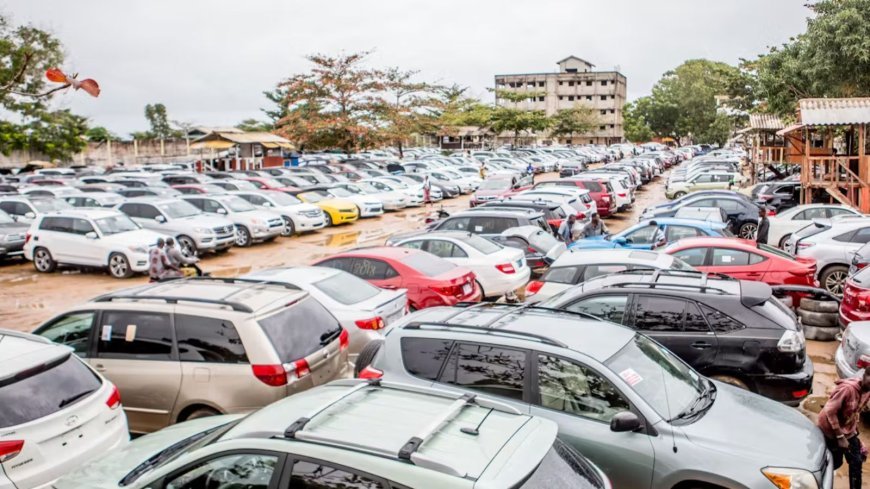Prices For Second-Hand Cars To Go Up After KRA New Move
The CRSP is the official pricing reference KRA uses to determine taxes on second-hand imports.

Starting July 1, the Kenya Revenue Authority (KRA) will roll out a new Current Retail Selling Price (CRSP) system, changing how it calculates customs duty on imported used cars. This means that if you are planning to purchase an imported vehicle, do it as soon as possible before the system takes effect.
The CRSP is the official pricing reference KRA uses to determine taxes on second-hand imports. It sets standard retail values that form the basis for tax assessments.
Under the new system, instead of relying on fixed prices, KRA will now calculate taxes based on the actual purchase price of the vehicle, aiming for fairer and more accurate valuations.
''The Kenya Revenue Authority (KRA) wishes to inform the public that, effective 1st July, 2025, a new Current Retail Selling Price (CRSP) schedule will be applied in the computation of customs value for used motor vehicles imported into the country,'' the statement read in part.

Kenyans receiving services at the Kenya Revenue Authority headquarters. /KENYA REVENUE AUTHORITY
This marks a big departure from the old system, where KRA used fixed CRSP values that often inflated car prices, resulting in higher import duties.
The updated approach is designed to make tax assessments fairer and cut down on disputes between importers and the KRA.
KRA says the revamp came after extensive consultations with industry players to ensure the new CRSP reflects real-world input. "This follows an extensive stakeholder engagement with stakeholders to ensure that the new CRSP factors in their feedback," added KRA.
Importers and stakeholders are being urged to check out the KRA website to get up to speed with the revised list and understand how the changes will affect them.
Under the new system, taxes will now be calculated based on the actual price paid for the car, backed by invoices and receipts. The car’s value will also be adjusted for age, meaning older vehicles will be taxed more reasonably. Import taxes will take into account extra costs like shipping, freight, insurance, and other import-related expenses.
Previously, vague valuations led to inflated prices, tax disagreements, and inconsistent duty rates. The new CRSP list is meant to reflect true market value, plus it includes newer car models that were missing from the old setup.
However, there lies a problem; the CRSP schedule will most likely drive up vehicle prices, especially for used imports. If the CRSP schedule overvalues certain vehicles compared to actual market prices, importers pay more in duties, even if they bought the vehicle for less. That cost gets passed directly to buyers.
Furthermore, importers will factor in those higher tax costs into the final selling price. So, whether you're buying from a dealer or importer, you'll feel the pinch.
Used vehicles—especially popular 8-year-old imports from Japan—are seeing the biggest hikes because the CRSP may not accurately reflect depreciation or auction prices.
Further, with a standardised CRSP, there’s less room to under-declare vehicle values to reduce duty. So loopholes close, but buyers get hit with a cleaner but costlier system.
Here’s how some models are priced under the new CRSP: a Vitz Hybrid F is going for Ksh3,440,622, the Prado TX-L-E4 sits at Ksh9,095,659, the Mazda CX-5 20S is listed at Ksh6,839,016, and the Toyota Premio 2.0G will cost you Ksh4,344,220.







